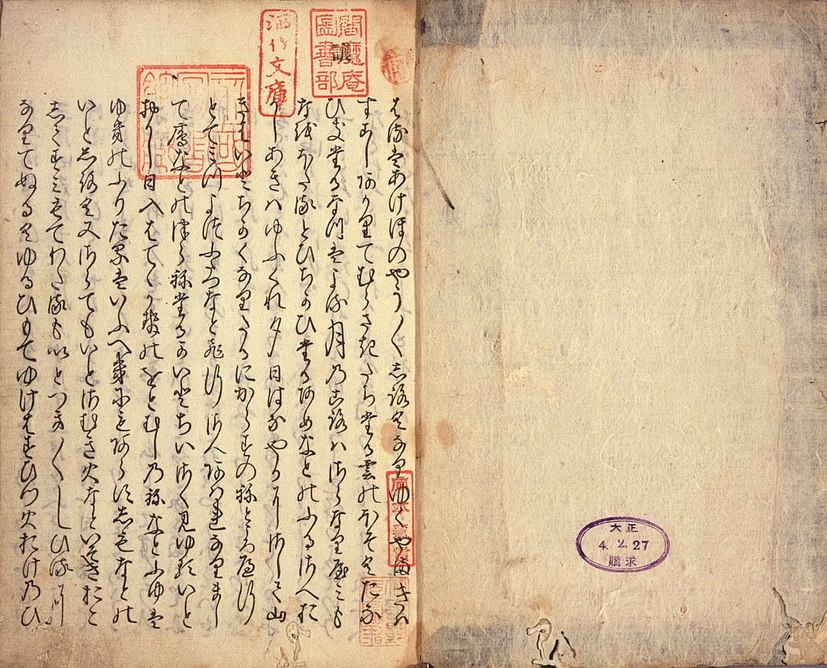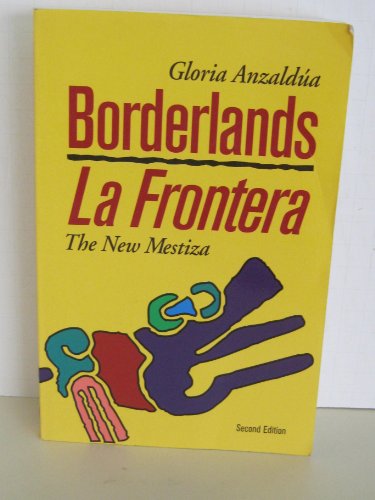This summer, I taught my first section of Intellectual Heritage, the program I have directed since 2017. IH offers 2 courses, required of all students at Temple: The Good Life and The Common Good. I taught The Common Good in Summer 1, a 6-week intensive session that was taught online due to COVID-19.

I taught the course asynchronously, which is standard practice in IH. Asynchronous courses, when correctly designed, provide the best opportunity for student engagement and retention. Recognizing that many students are living at home where they may either be competing with family members for internet access, or they may not have it at all, the asynchronous format allows them to complete assignments and discussions at times and places that suit them. I had students who did their work from their dining rooms, and students who did their work while at their jobs (usually because that was their best internet access point).

I used VoiceThread to post 2 mini-lectures each week (divided into 3-5 short segments), which were paired with additional external videos and links posted on Canvas. Students reviewed the materials and then posted their responses to discussion questions. With VoiceThread, they could choose video, audio, or text responses. I encouraged students to choose audio or video, because I noticed that when they talk freely I get better responses. But I did allow them to choose the text option if that was their preference.

The course was structured as a series of conversations about what constitutes the good life, as mediated by a series of texts chosen from across time and across the globe. Here are the texts I chose.





Image of the Code of Hammurabi
I taught the course asynchronously, which is standard practice in IH. Asynchronous courses, when correctly designed, provide the best opportunity for student engagement and retention. Recognizing that many students are living at home where they may either be competing with family members for internet access, or they may not have it at all, the asynchronous format allows them to complete assignments and discussions at times and places that suit them. I had students who did their work from their dining rooms, and students who did their work while at their jobs (usually because that was their best internet access point).

The Pillow Book by Sei Shônagon
I used VoiceThread to post 2 mini-lectures each week (divided into 3-5 short segments), which were paired with additional external videos and links posted on Canvas. Students reviewed the materials and then posted their responses to discussion questions. With VoiceThread, they could choose video, audio, or text responses. I encouraged students to choose audio or video, because I noticed that when they talk freely I get better responses. But I did allow them to choose the text option if that was their preference.

Galileo Galilei "Letter to the Grand Duchess Christina"
The course was structured as a series of conversations about what constitutes the good life, as mediated by a series of texts chosen from across time and across the globe. Here are the texts I chose.
● The Code of Hammurabi. 1754 BCE. (Modern day Iran)
● The Pillow Book of Sei Shōnagon. 1002. (Japan)
● Letter to the Grand Duchess Christina, by Galileo Galilei. 1615. (Tuscany, modern day Italy)
● A Vindication of the Rights of Woman, by Mary Wollstonecraft. 1792. (England)
● The Communist Manifesto, by Karl Marx with Friedrich Engels. 1848. (Germany)
● Borderlands/ La Frontera, by Gloria E. Anzaldúa. 1987. (US)
● Ibram X. Kendi, Stamped from the Beginning: The Definitive History of Racist Ideas in America. 2017. (US)
Kendi's book was assigned in weekly selections across the entire summer session. The other texts were one-offs that were either assigned in their entirety, or in selected format. The Code of Hammurabi is essentially a legal reference text, so I gave students assignments to look up specific topics by using the search option in their browsers (since the text was read online).

Wollstonecraft's Vindication of the Rights of Woman
Learning Goals
Students in all IH courses will:
● Read in its entirety an unfamiliar and problematic written text (theoretically, historically, or culturally challenging);
● Recognize abstractions, large ideas, and implications associated with difficult written texts;
● Make connections across disciplines, history and cultural boundaries;
● Construct positions, arguments, and interpretations through textual analysis and evaluation; and
● Produce thoughtful writing that reflects persuasive position and the conventions of academic discourse.

"The Communist Manifesto" by Marx and Engels
Assessments
Assignment
|
Formula
|
Weight
|
VoiceThread Assignments
|
(2/week X 5% each) x 6 wks
|
60%
|
Creative Engagements
|
(1/week X 5% each) x 6 wks
|
30%
|
Final Paper
|
1 x 10%
|
10%
|
Total
|
100%
|
Alignment of Learning Goals with Assessments and Learning Activities
IH Learning Goal
|
Assessment
|
Learning Activities
|
Read in its entirety an unfamiliar and problematic written text (theoretically, historically, or culturally challenging).
|
Final paper.
|
Read and discuss Ibram Kendi’s Stamped from the Beginning.
|
Recognize abstractions, large ideas, and implications associated with difficult written texts.
|
Twice weekly VoiceThread discussions.
|
Read and discuss the selected texts for the course.
|
Make connections across disciplines, history and cultural boundaries.
|
Weekly creative engagement activities.
|
Practice threads in the VoiceThread discussions; discussions of examples.
|
Construct positions, arguments, and interpretations through textual analysis and evaluation.
|
Weekly creative engagement activities. Final paper.
|
Weekly VoiceThread discussion, including writing workshops.
|
Produce thoughtful writing that reflects persuasive position and the conventions of academic discourse.
|
Final paper.
|
Writing workshops mixed in with the weekly VoiceThread conversations.
|

Anzaldúa, Borderlands/La Frontera
Course Schedule
VT=VoiceThread CE=Creative Engagement
Assignment points are in parentheses and bold, and total to 100.
Reading
|
Activities/Assignments
| |
Week 1
May 11-17
|
· The Code of Hammurabi
|
· VT1: Introductions: Course, Canvas, Students, Professor; How to review a VoiceThread interactive lecture (5)
· VT2: Interactive lecture on The Code of Hammurabi (5)
· CE: Your Code (5)
|
Week 2
May 18-24
|
· Stamped from the Beginning, Part 1
· The Pillow Book
|
· VT 1: How to do a VoiceThread discussion; Discuss Kendi (5)
· VT 2: Interactive lecture on The Pillow Book (5)
· CE: Your Pillow Book (5)
|
Week 3
May 25-31
|
· Stamped from the Beginning, Part 2
· Letter to the Grand Duchess Christina
|
· VT1: Discuss Kendi; Writing Workshop for Final Paper (5)
· VT 2: Interactive lecture on Letter to the Grand Duchess Christina (5)
· CE: Your Letter of Appeal (5)
|
Week 4
June 1-7
|
· Stamped from the Beginning, Part 3
· A Vindication of the Rights of Woman
|
· VT 1: Discuss Kendi; Writing Workshop for Final Paper
· VT 2: Interactive lecture on A Vindication of the Rights of Woman (5)
· CE: Your Vindication (5)
|
Week 5
June 8-14
|
· Stamped from the Beginning, Part 4
· The Communist Manifesto
|
· VT 1: Discuss Kendi; Writing Workshop for Final Paper (5)
· VT 2: Interactive Lecture on The Communist Manifesto (5)
· CE: Your Manifesto (5)
|
Week 6
June 15-21
|
· Stamped from the Beginning, Part 5
· Borderlands/ La Frontera
|
· VT 1: Discuss Kendi; Writing Workshop for Final Paper (5)
· VT 2: Interactive Lecture on Borderlands/ La Frontera (5)
· CE: Your Rebellion (5)
|
Finals Week
June 22-24
|
· Final Paper (10)
|
Kendi's Stamped from the Beginning
Comments
Post a Comment